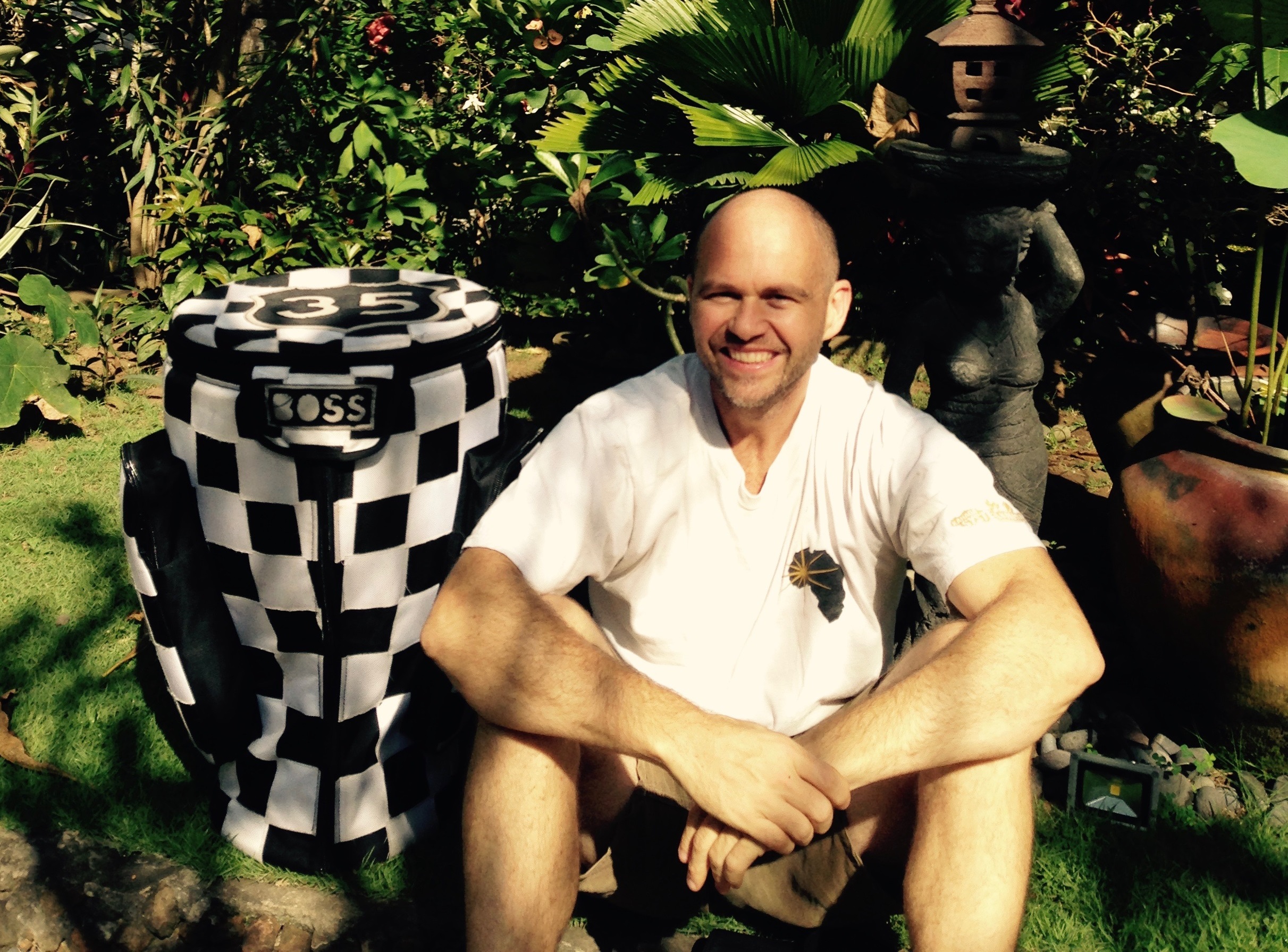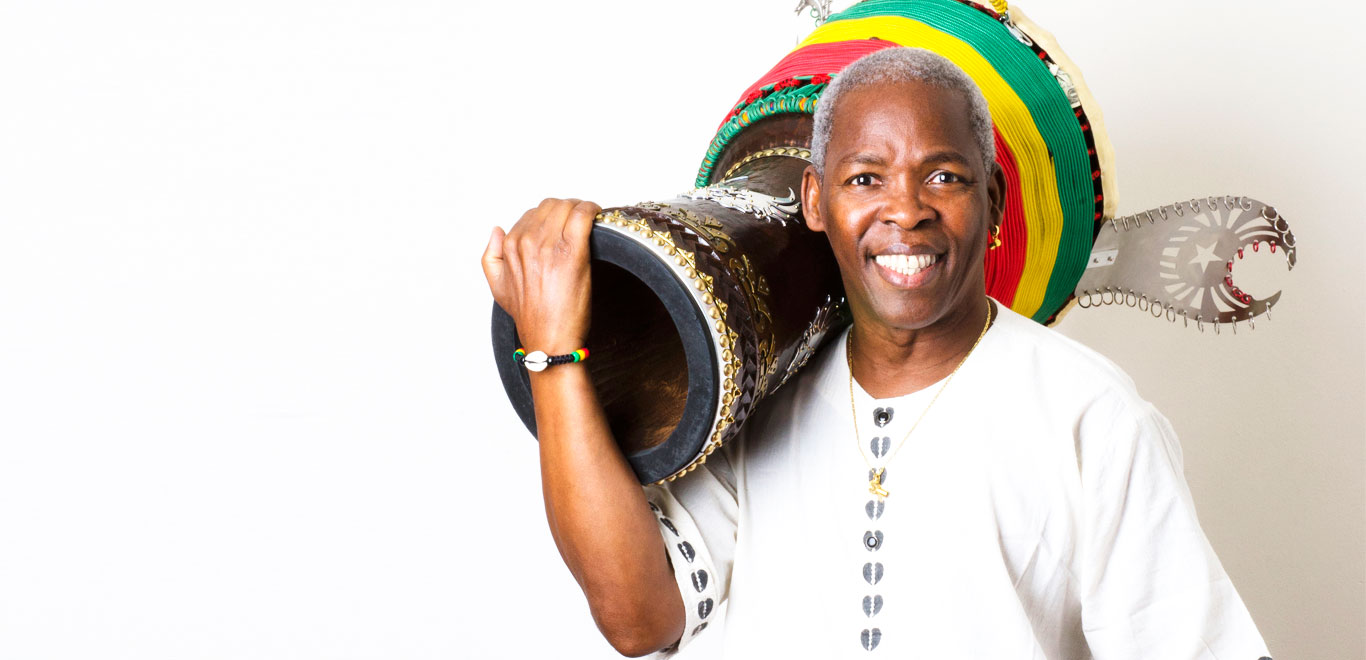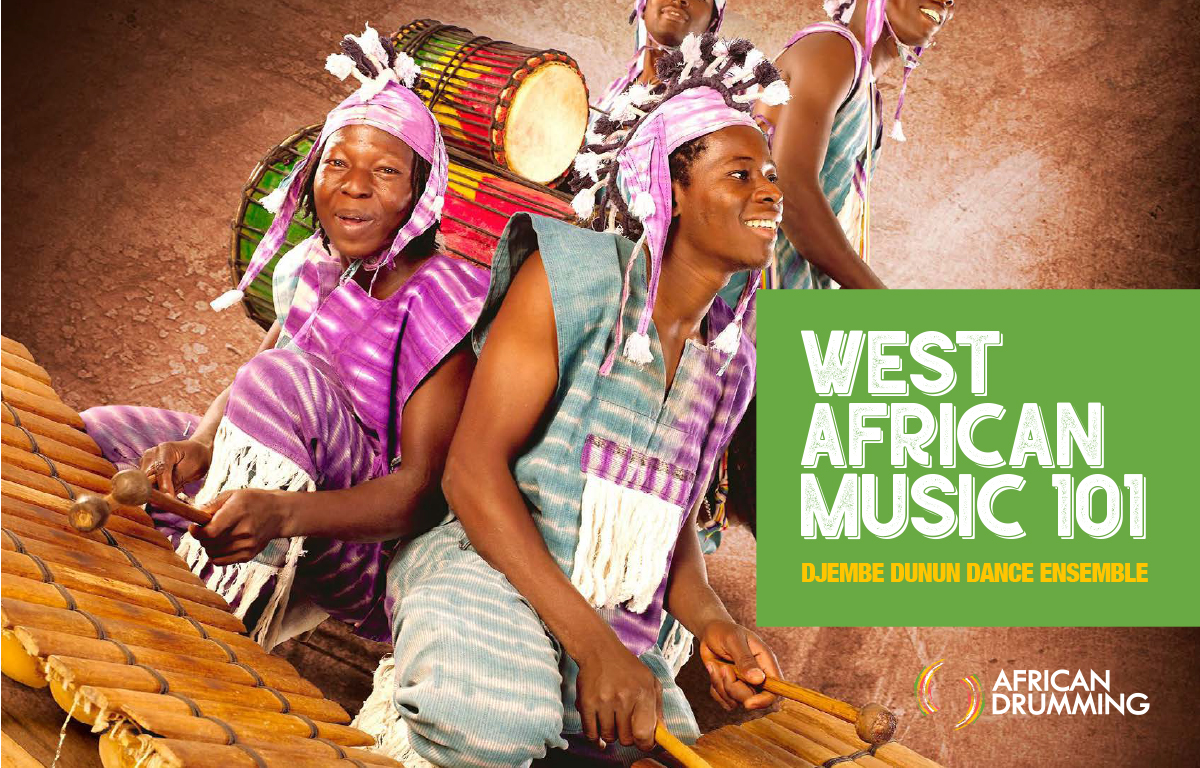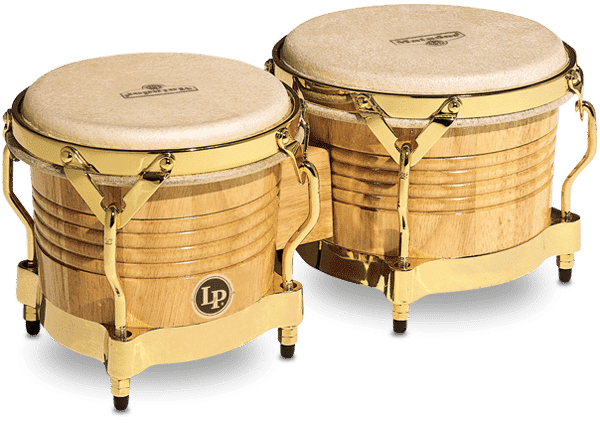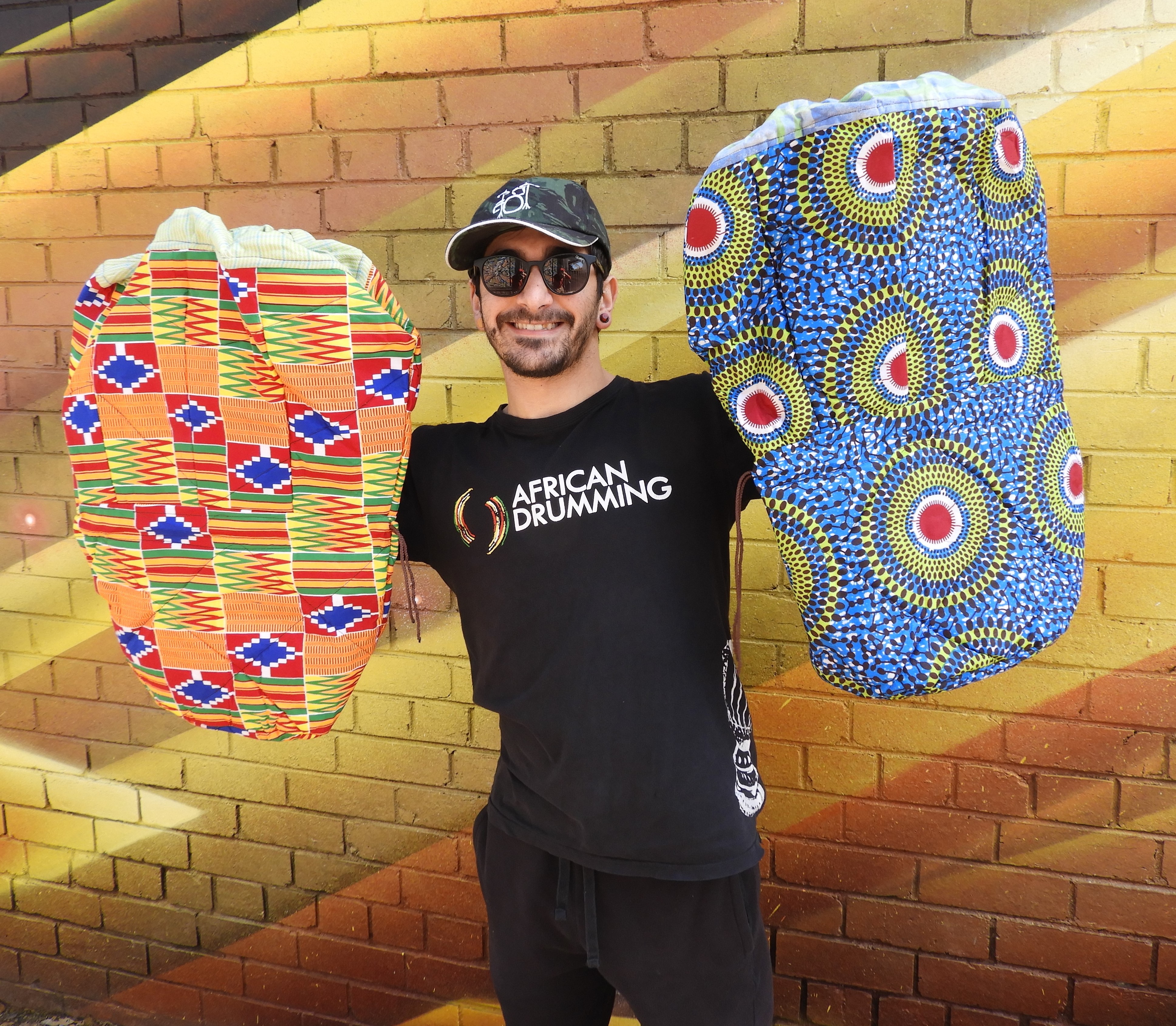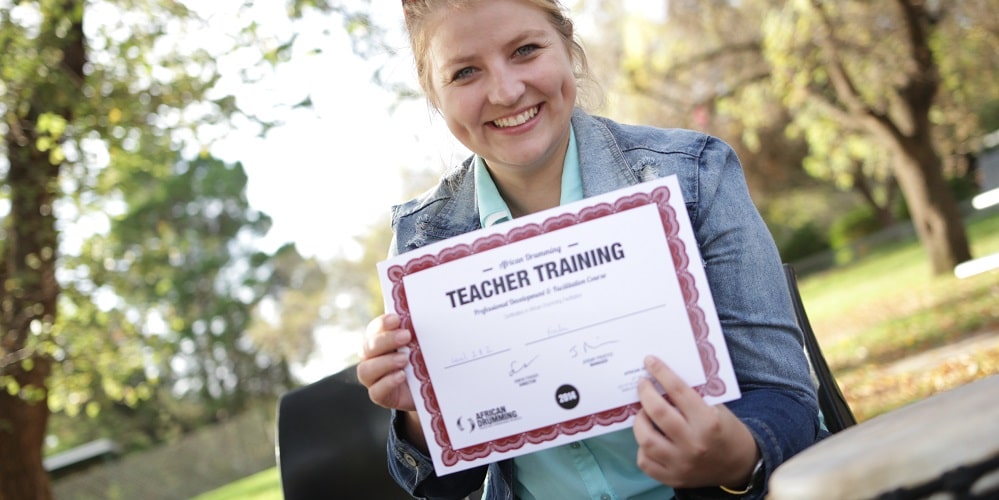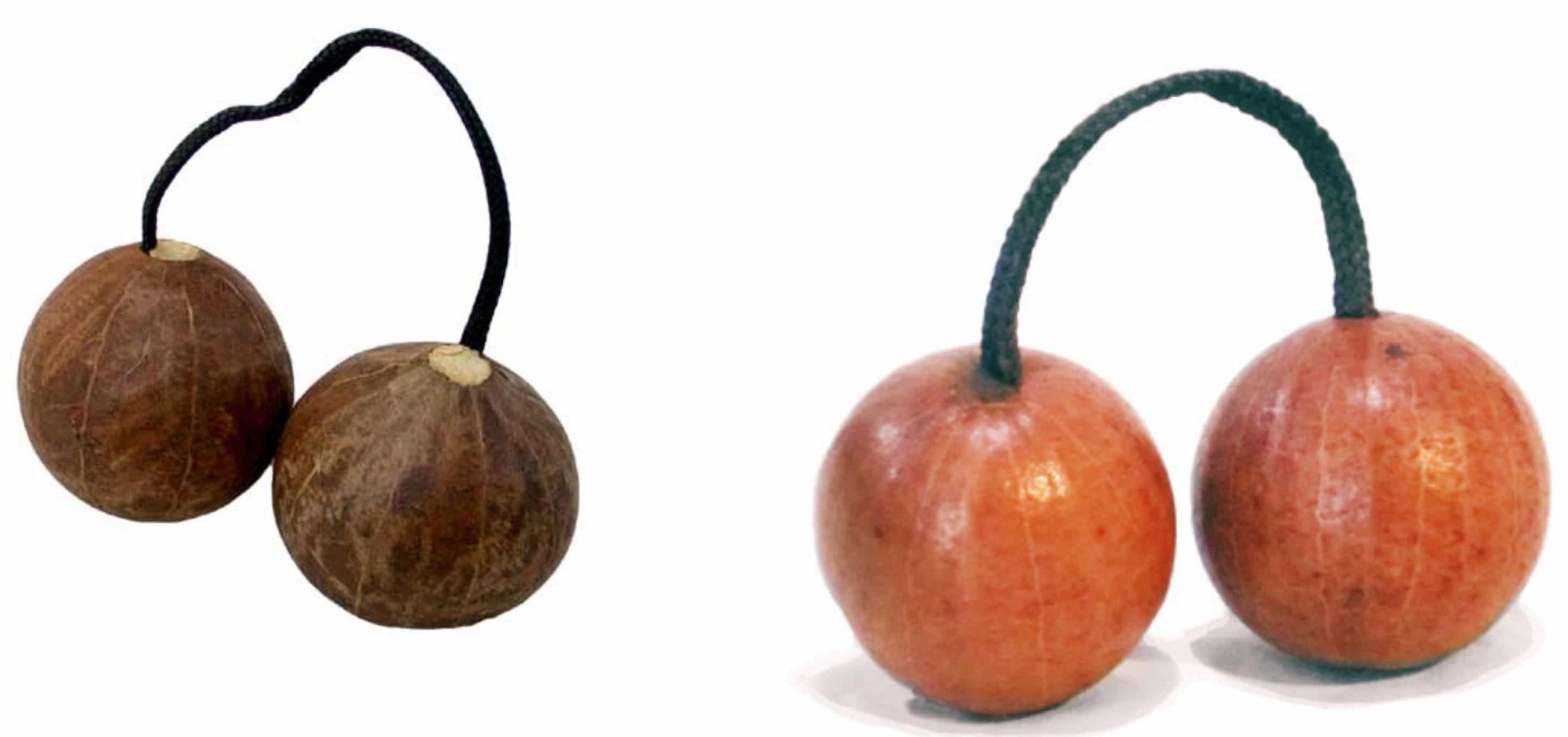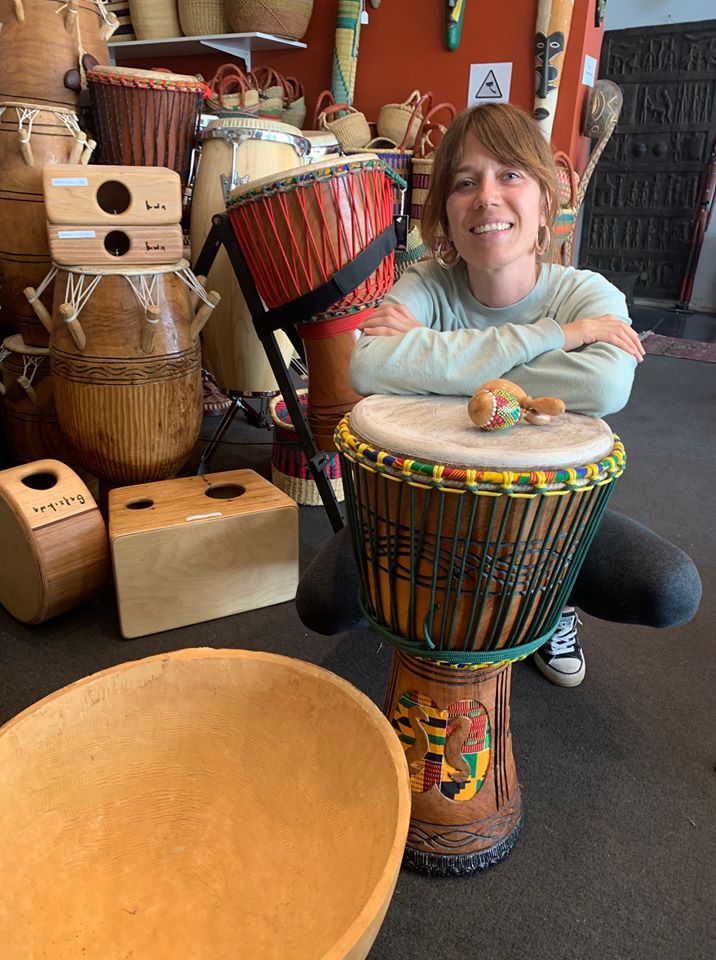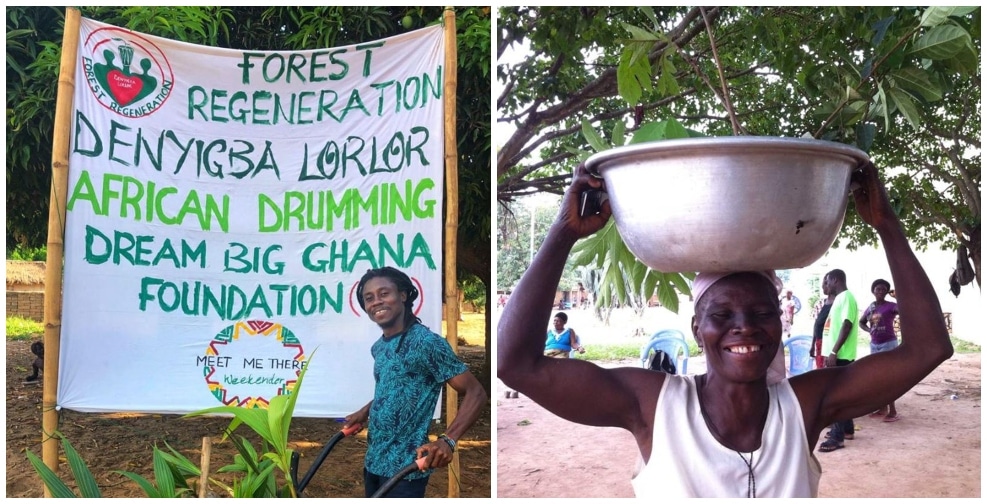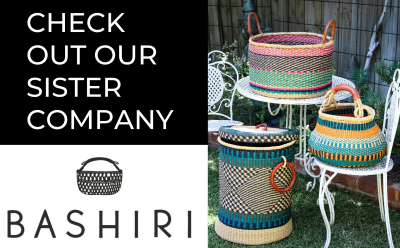Buying a new Djembe can be a daunting task. It is a big investment, both financially and towards developing your drumming skills. When it comes time to buy a djembe, there are a number of things to consider before you commit to your purchase!
A big part of what makes a good djembe simply depends on your style and preference. There are a lot of good djembes out there; it’s just a matter of finding one (or two, or three!) that suit you.
Here is a list of 5 things we recommend you consider when choosing your djembe:
- The height and weight of the drum: Make sure you choose a drum size that compliments your body proportions. Too big/small or too light/heavy will make your drum harder to play.
- Thickness of the skin: This will depend on your level of playing. Beginners usually prefer a thinner skin, while the more advanced will go for a thicker skin.
- Comfort of the bearing edge: A smooth playing surface is a must for your djembe. Look out for smoothness of the edge, and any divots, dips or cracks around the edges.
- Aesthetic: Looks do matter! You need to like how your djembe is designed aesthetically, your going to be looking at it a lot.
- Quality of the Timber and Carving: Pay attention to both the quality of the timber the djembe is made out of, and the carvings within the wood. This can give clues as to the quality of the product.
Not all djembes were created equal! There are a lot of low-quality drums out there, made quickly and carelessly for unsuspecting tourists. Playing one of these can be very discouraging, because they sound awful no matter how well you play. It is always best to get some advice from your teacher or a professional who can guide you to the right drum.
Finally, its all about the sound of your Djembe and the feeling you get when you play it. Don’t be afraid to give the drum a good play and see if it resonates with you. Remember too: “the drum will choose you”!
Check out our range of Djembs available online.
